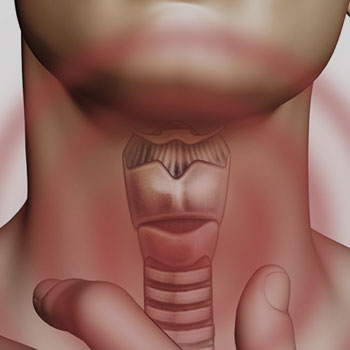Keywords
thyroid carcinoma, TSH-suppressive therapy, intestinal malabsorption
Abstract
Thyroid stimulating hormone (TSH)-suppressive therapy with levothyroxine is a cornerstone of thyroid carcinoma follow-up therapy, but the achievement of therapeutic goals must be balanced against L-T4 side effects. We describe the case of a 64-year-old cardiopathic patient with papillary thyroid carcinoma and autoimmune thyroiditis, whose cardiac condition worsened during TSH-suppressive therapy. TSH concentrations also fluctuated widely because of changing intestinal absorption due to coeliac disease.
References

Views: 3209
HTML downloads: 446
PDF downloads: 468
Table 1. Biochemical tests and L-T4 doses downloads: 0
Published:
2017-03-27
Issue:
Vol. 4 No. 2
(view)










